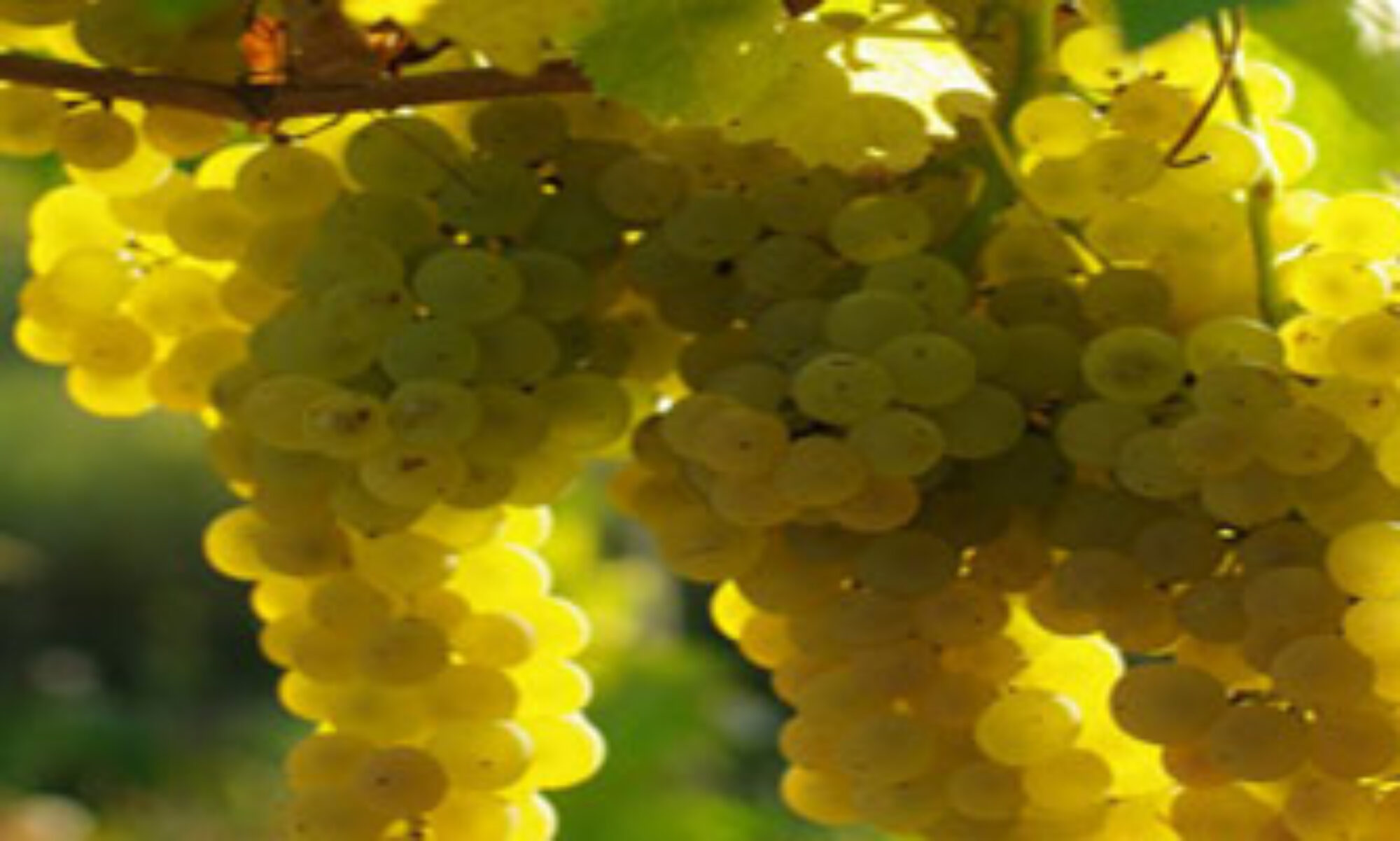-15°C ou un peu plus froid
1,2m
soleil
PERSISTANT
tous sols pas trop lourds, mêmes secs.
Fruit – cru. Une saveur sucrée mais très douce [K].
Graines – cuites [22, 46, 105, 161, 257]: goût amer [92]. Peuvent être torréfiées et moulues en poudre et utilisées pour faire pain ou bouillie [183].
Un délicieux thé est fait par trempage des rameaux verts ou secs dans de l’eau bouillante jusqu’à ce qu’ils deviennent orange ou rose [21, 92, 95, 105, 161, 183]. Appelé le “thé des mormons” parce qu’il remplaçait le café interdit par leur religion, pour “énergiser”.
Nécessite un sol limoneux bien Drainé et une position ensoleillée [1, 11]. Les plantes établies sont résistantes à la sécheresse et sont aussi tolérantes à la chaux [200]. Dioïque: Plantes mâles et femelles doivent cultivés si on veut obtenir des semences. Graine: directement en pleine terre, bien repérée au moyen de pierres ou bâtons pour arrosages fréquents et éventuelle protection contre le gel le 1er hiver. Ou méthode horticole: il serait préférable de semer aussitôt mûres à l’automne dans la serre [200]. Peut également se semer au printemps dans une serre dans un compost de sable [K]. Repiquez les plants dans des pots individuels dès qu’ils sont assez grands, pour croître leur premier hiver au-moins dans la serre. Plantez au printemps ou début de l’été, après les dernières gelées attendus et leur donner une certaine protection pendant leur premier hiver [K]. Division au printemps ou à l’automne [238]. Marcottage.”
Dans la colonne de droite, les différences entre plusieurs Ephedra:
|
*1 to 6% Brossi A, ed. (1989). The Alkaloids: Chemistry and Pharmacology. 35. ISBN0-12-469535-3.
**For a review of the alkaloid distribution in different species of the genus Ephedra see Jian-fang Cui (1991).[21] Other American and European species of Ephedra, e.g. Ephedra nevadensis (Nevada Mormon tea) have not been systematically assayed; based on unpublished field investigations, they contain very low levels ephedrine (less than 0.1%) or none at all.[22]
22: Hegnauer R. (1962) “Chemotaxonomie der Pflanzen. I”. Birkhauser Verlag, Basel; Switzerland, pp. 460–462 as cited in Roman MC (2004). “Determination of ephedrine alkaloids in botanicals and dietary supplements by HPLC-UV: collaborative study”. Journal of AOAC International. 87 (1): 1–14. doi:10.1093/jaoac/87.1.1. PMC2584348. PMID15084081.

5 Replies to “Ephedra nevadensis”
Comments are closed.